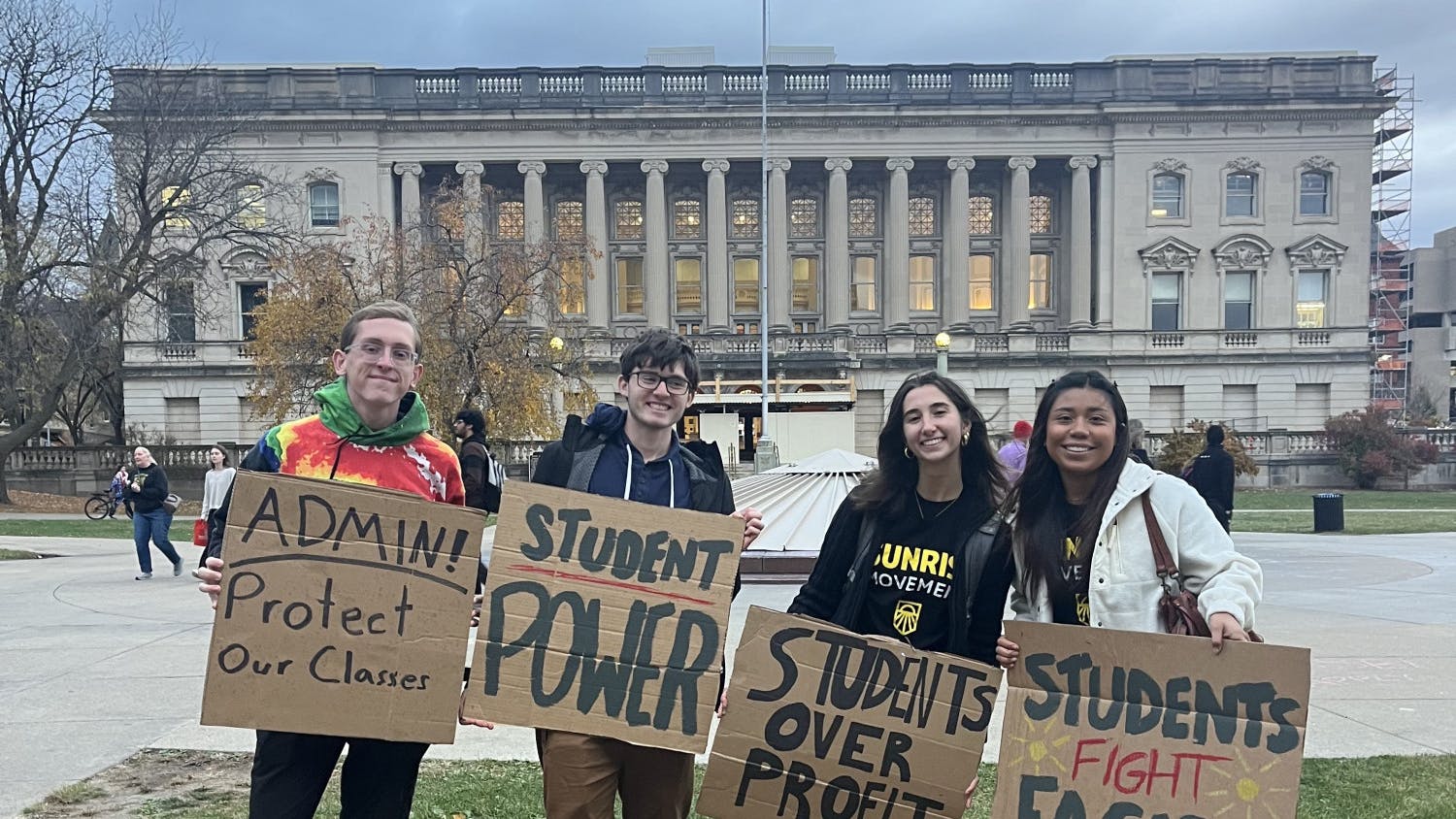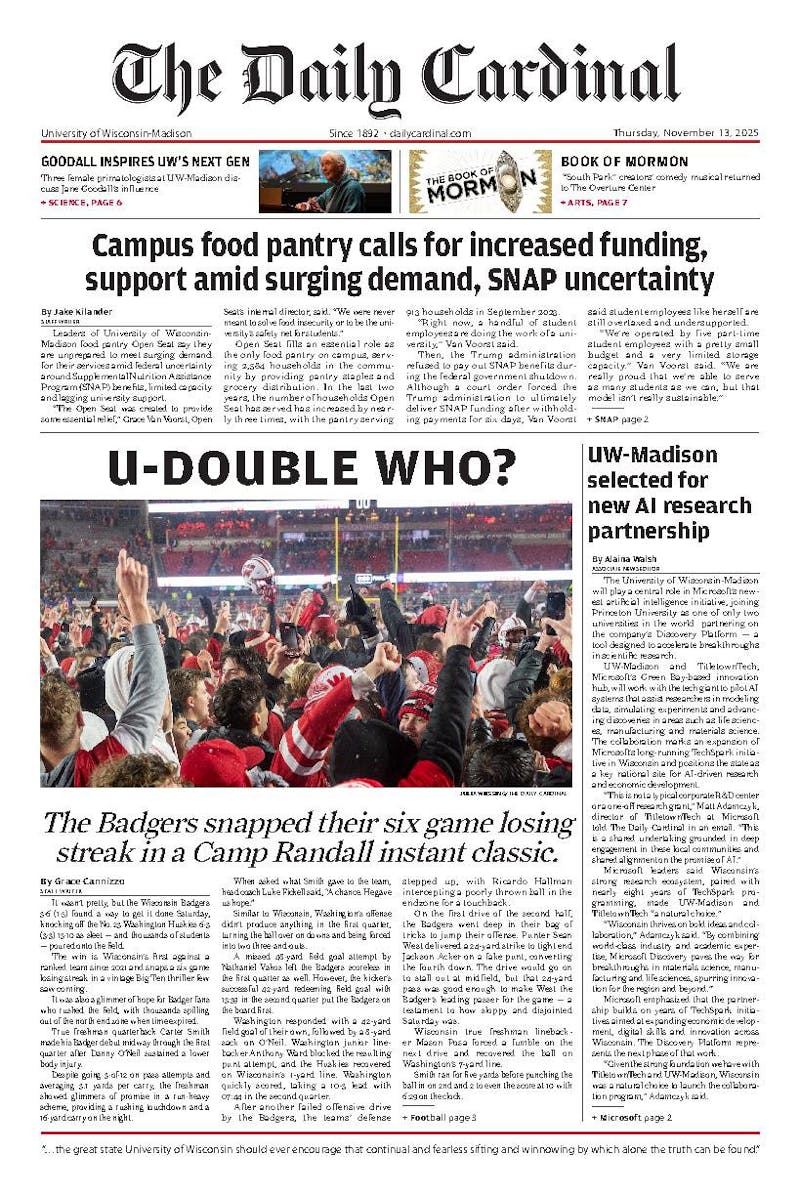Innovation followed journalist Edward R. Murrow wherever he went. His World War II stories helped define the radio broadcast model, and Murrow's 'See It Now' established the 30-minute news show format. Now, 40 years after his death, Murrow allows George Clooney to prove he can actually direct a film, as seen in 'Good Night, and Good Luck.'
The movie tells the struggles Murrow and producer Fred Friendly endured to craft 'See It Now' as an attack upon communist-hater Joseph McCarthy. Their efforts were met with pressure from the network, the advertisers and the Senate itself, but their determination helped to bring down the former Wisconsin senator.
Clooney made several decisions in his directing style that allow 'Good Luck' to have a unique, defined sense of style. The most noticeable directing choice Clooney made was filming in black and white and applying grain afterward to make the film appear dirty. This gives it an authentic '50s feel that works surprisingly well.
The decision to use archival footage of McCarthy instead of having an actor play him also works in Clooney's favor. This use of video allows Clooney to show the over-the-top nature of McCarthy without relying on making an actor look crazy.
Unlike Clooney's last foray into directing with 'Confessions of a Dangerous Mind,' these directing tricks neither overshadow the plot nor the characters.
The plotting relies heavily on actual 'See It Now' transcripts, which gives an air of authenticity to the movie. By focusing so much on these transcripts, however, little time is given to character development. Clocking in at a brisk 90 minutes, Clooney could have added so much more to pad out the characters and the film's running time.
Clooney also falls into a plotting problem inherent to biopics'he overemphasizes the protagonist's accomplishments. Yes, Murrow did aid in bringing down McCarthy, but he was one voice coming from a field of many. 'Good Night and Good Luck' makes it seem as if he were the only one attacking McCarthy's obviously flawed policies.
What 'Good Luck' accomplishes so amazingly is how Clooney weaves in statements related to modern-day politics into his narrative structure.
While it superficially focuses on Murrow, the concept of witch hunts, loyalty oaths and the battles against them remain relevant today. Clooney obviously chose to tell this story at this time for a specific reason'it is his way of making a political statement with his art.
When basing a movie on such a powerful character as Murrow, Clooney needed a strong actor who could embody Murrow's tics and eccentricities. Noted character actor David Strathairn fills these big shoes magnificently.
During a scene recreating an episode of Murrow's 'Person to Person,' Clooney zooms in on Strathairn's face to exhibit the various facial tics and eye rollings which showed Murrow's boredom with the show. Strathairn could have easily overdone this scene, but he ends up executing it to a satisfying degree.
Subdued acting not only describes Strathairn's performance, but the rest of the cast's performances as well, and this is not a bad thing. Both Robert Downey Jr. and Jeff Daniels turn in some of their most powerful performances in recent memory because they remain subdued when they could easily have gone for an over-the-top, 'look at me'-style performance.
Edward R. Murrow represents a god within the world of television, and George Clooney captures this by presenting a well-thought-out picture filled with respect for Murrow. With 'Good Night and Good Luck,' Clooney crafted a film that'with only a few missteps'dramatizes Murrow and places him in a larger context of 21st-century politics.





